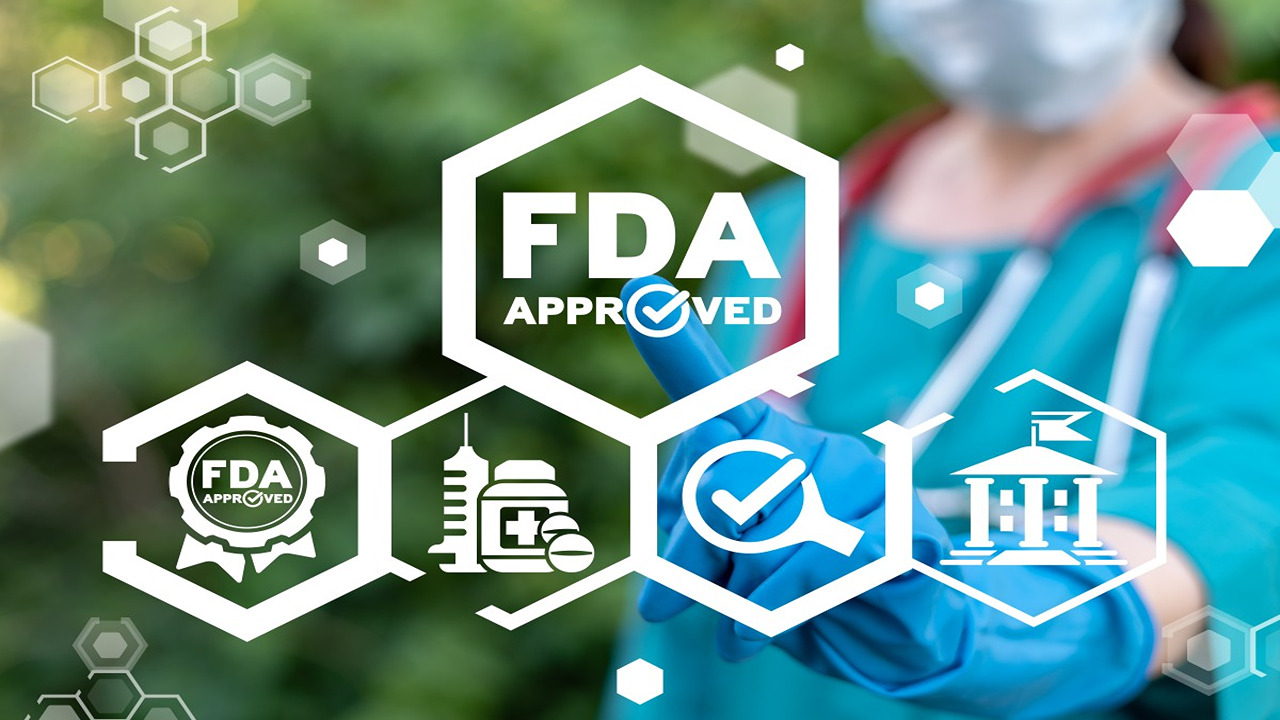Hygienic pallets are critical in industries like food, pharmaceuticals, and chemicals, where contamination risks must be minimized. Ensuring compliance with relevant regulations and standards helps businesses maintain safety and avoid costly penalties. Here’s a guide to navigating hygienic pallet compliance:
-
Key Regulations and Standards
- FDA (U.S. Food and Drug Administration):
- Ensures materials used in pallets for food and pharmaceutical applications are non-toxic, durable, and safe for direct or indirect contact with consumable goods.
- Pallets must comply with 21 CFR 177 for food-grade materials.
- FSMA (Food Safety Modernization Act):
- Emphasizes preventive controls in food handling, requiring pallets to meet sanitation and traceability standards.
- Focuses on reducing cross-contamination risks.
- EU Food Safety Regulations (e.g., EC No. 1935/2004):
- Pallets must not transfer substances to food that could endanger health. Materials should withstand cleaning processes.
- ISO 22000 and ISO 14001:
- ISO 22000 ensures food safety management compliance, including pallet usage.
- ISO 14001 ensures environmental management, relevant for eco-friendly pallet disposal or recycling.
- HACCP (Hazard Analysis and Critical Control Points):
- Requires identifying contamination risks at every stage of pallet use and mitigating them effectively.
-
Design Considerations for Compliance
- Smooth Surfaces: Avoid cracks, crevices, or porous materials where bacteria or debris might accumulate.
- Durable Materials: Use non-porous, chemical-resistant materials like HDPE (high-density polyethylene).
- Ease of Cleaning: Ensure the pallet can be pressure washed, disinfected, or sterilized.
- Closed Structures: Prevent internal contamination by using sealed designs without cavities.
-
Best Practices to Ensure Compliance
- Inspection and Maintenance: Regularly inspect pallets for wear, cracks, or contamination and replace damaged units promptly.
- Cleaning Protocols: Establish standardized cleaning and sanitation schedules, especially for pallets reused in high-risk industries.
- Record-Keeping: Maintain logs of pallet usage, cleaning, and inspections to demonstrate compliance during audits.
- Employee Training: Train staff to handle and maintain pallets hygienically.
-
Common Non-Compliance Issues
- Using wooden pallets in environments requiring non-porous materials.
- Failure to clean pallets between uses, leading to contamination.
- Not replacing damaged or compromised pallets.
- Ignoring traceability requirements for pallets used in regulated industries.
-
Penalties for Non-Compliance
- Fines and Sanctions: Regulatory bodies may impose significant fines for violations of food safety or pharmaceutical standards.
- Product Recalls: Contaminated goods due to non-compliant pallets can lead to costly recalls.
- Legal Liability: Non-compliance may result in lawsuits if contaminated products harm consumers.
- Reputational Damage: Businesses may suffer brand erosion and loss of customer trust.
-
Steps to Avoid Penalties
- Understand Applicable Regulations: Review industry-specific requirements (e.g., FDA, FSMA, HACCP).
- Audit Your Pallet Inventory: Ensure all pallets meet the standards for hygiene and safety.
- Invest in High-Quality Pallets: Choose hygienic pallets designed for your industry, such as those with smooth surfaces and sealed structures.
- Implement Quality Control: Regularly assess pallet performance and compliance through internal audits.
- Stay Updated: Monitor changes in regulations and adapt your processes accordingly.
By proactively addressing hygiene and regulatory requirements, businesses can ensure compliance, protect public health, and safeguard against legal and financial repercussions.


